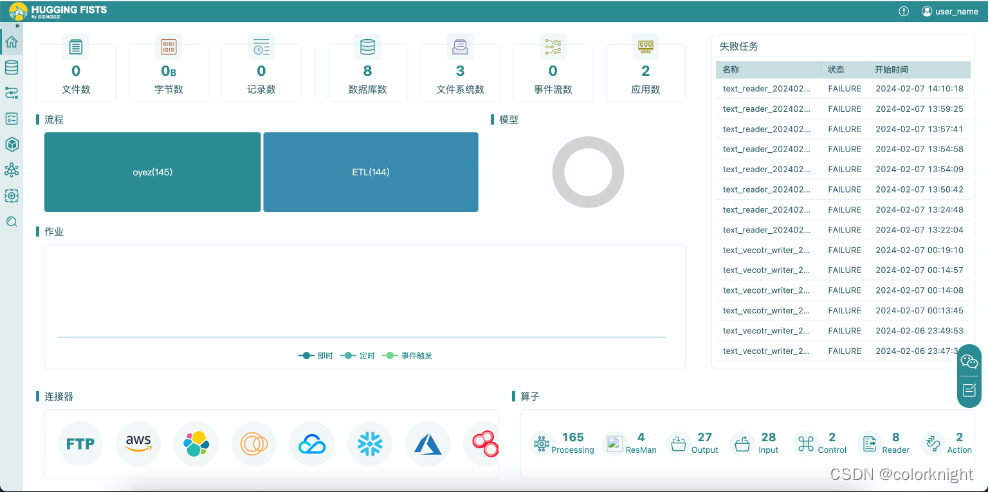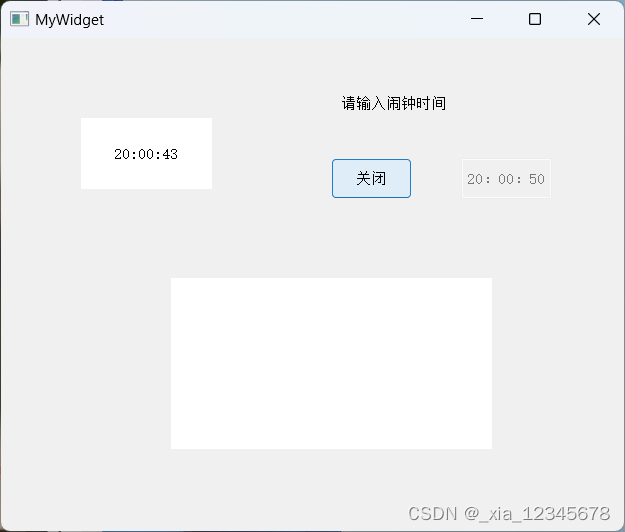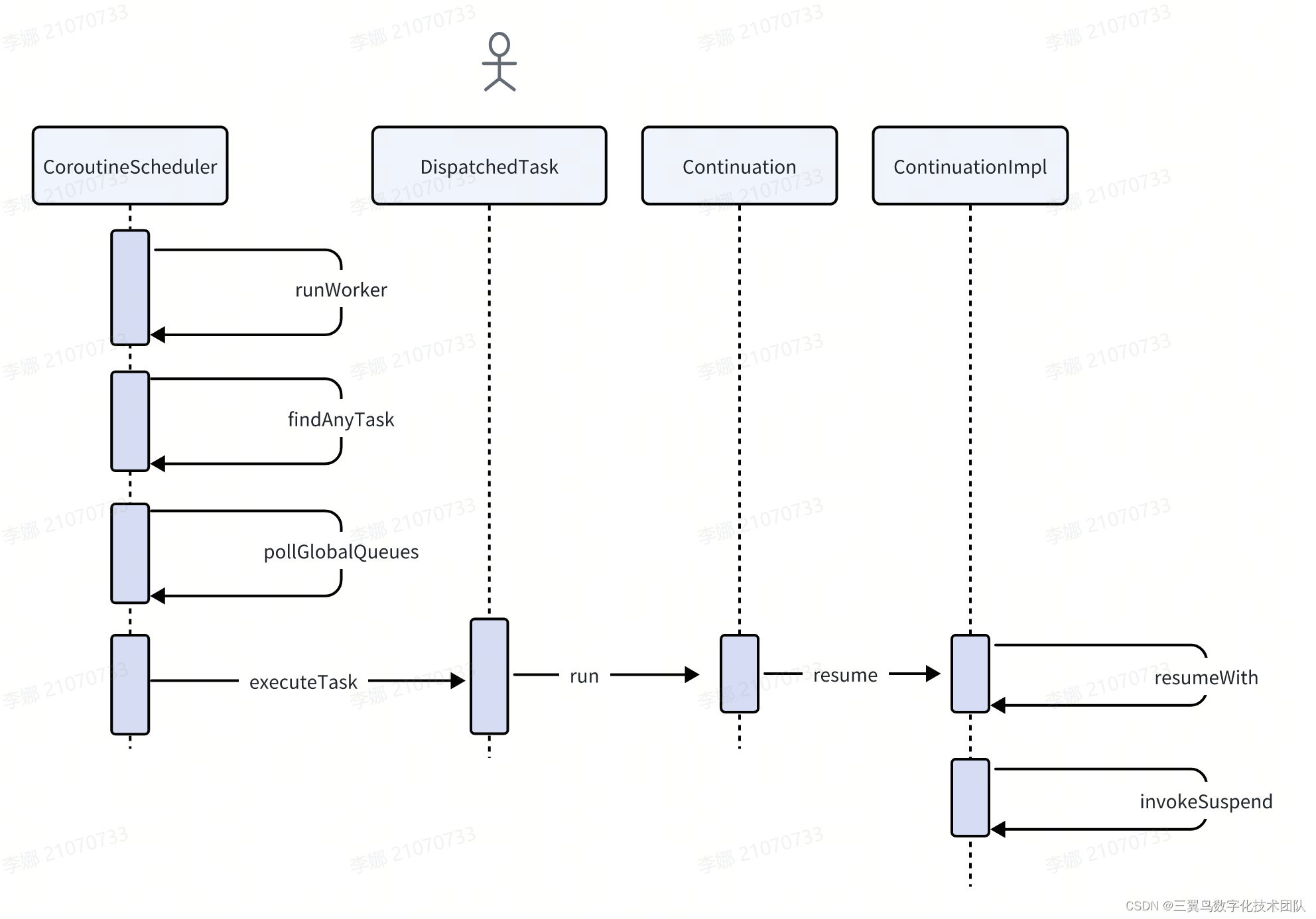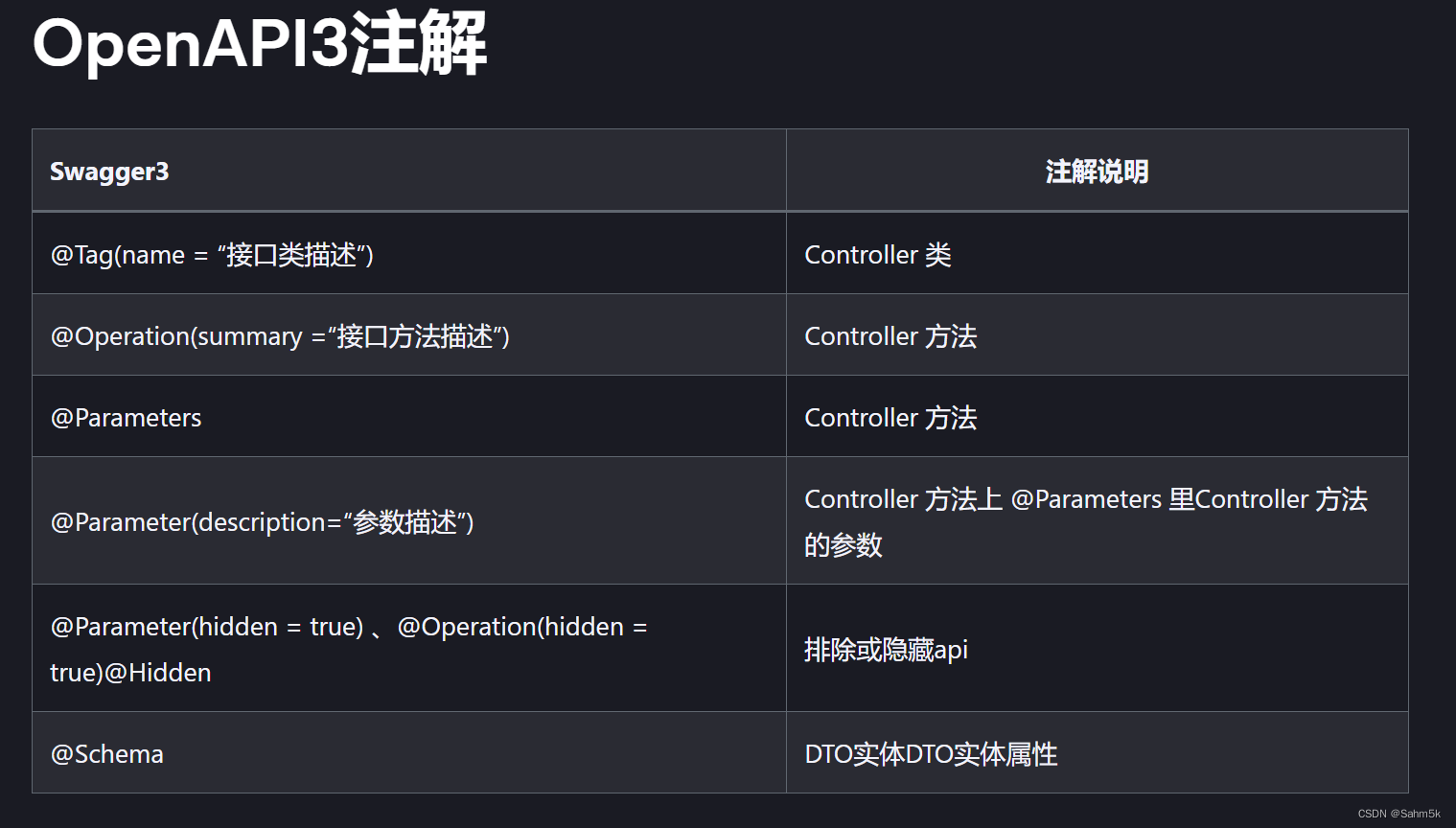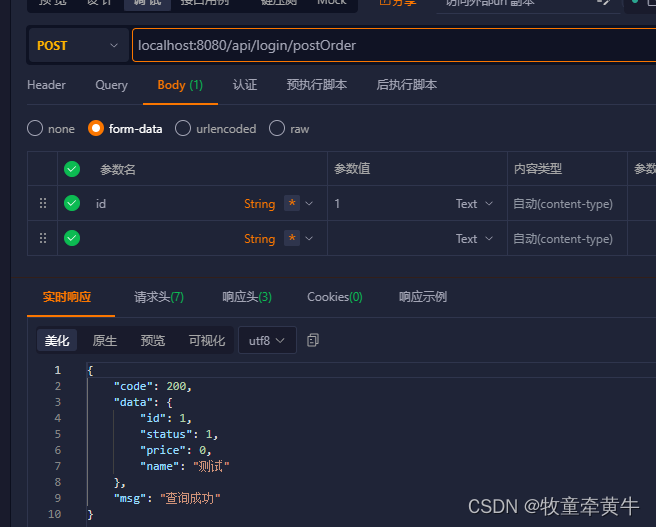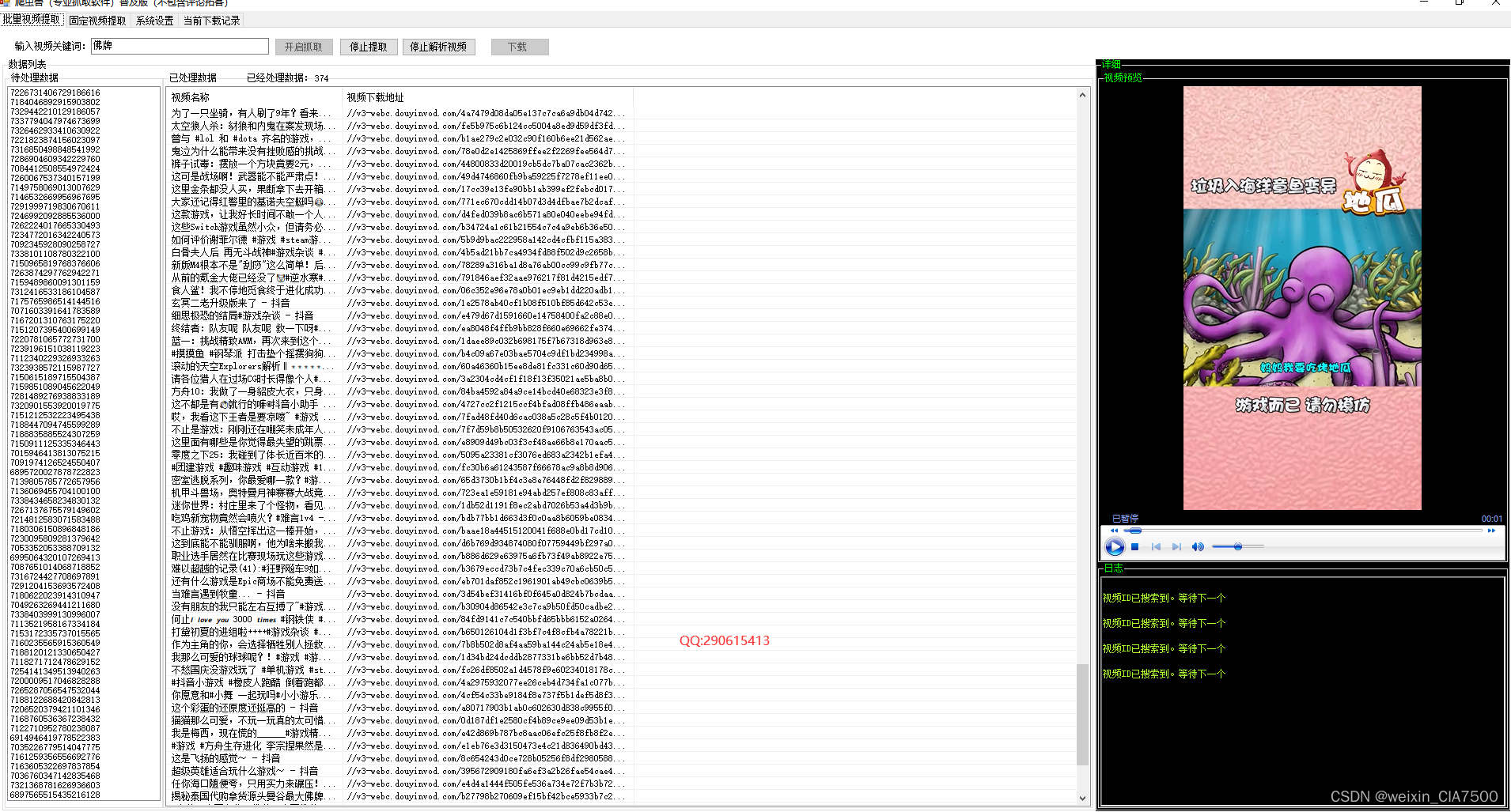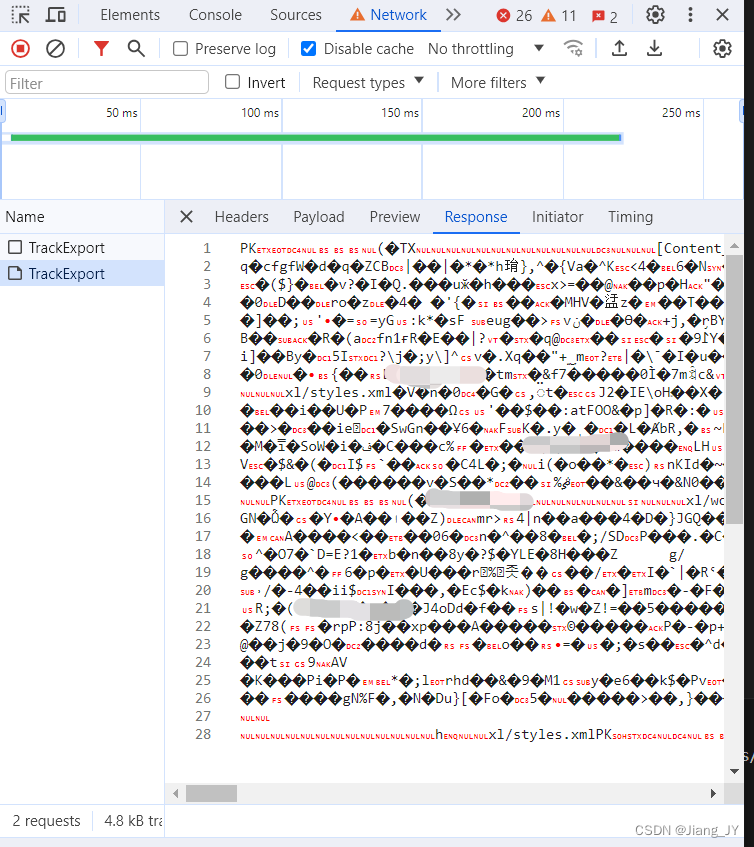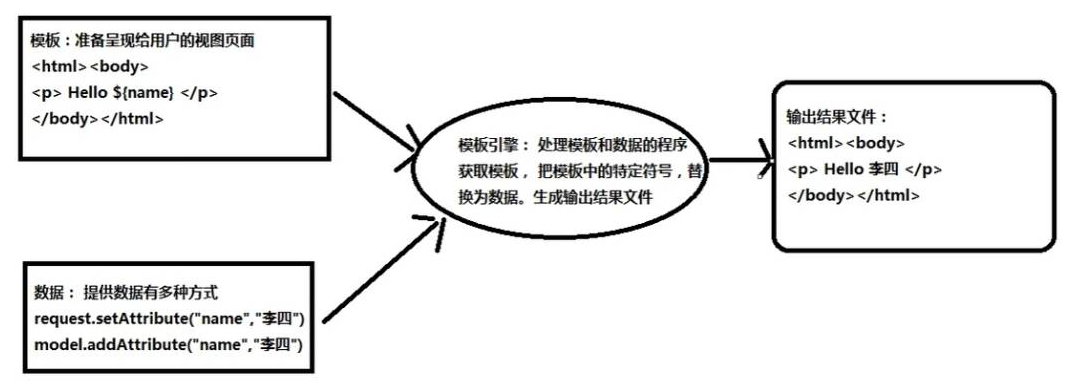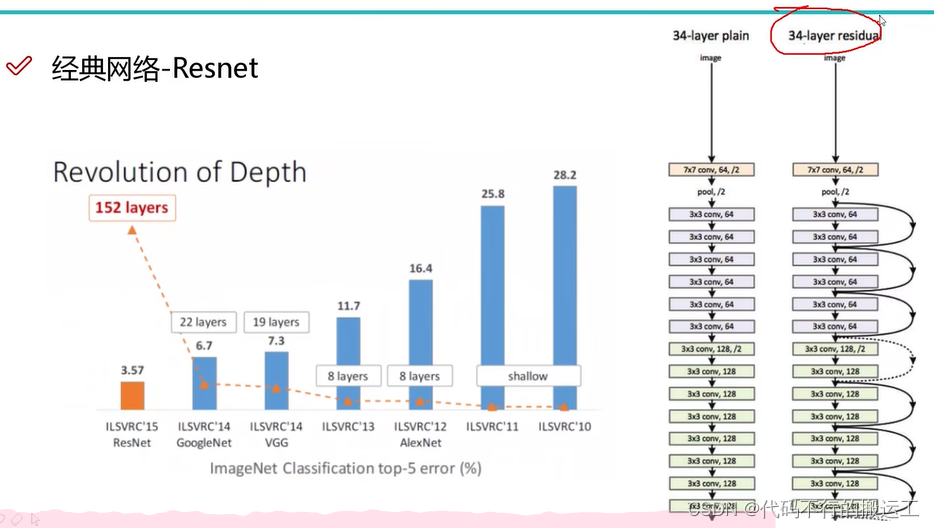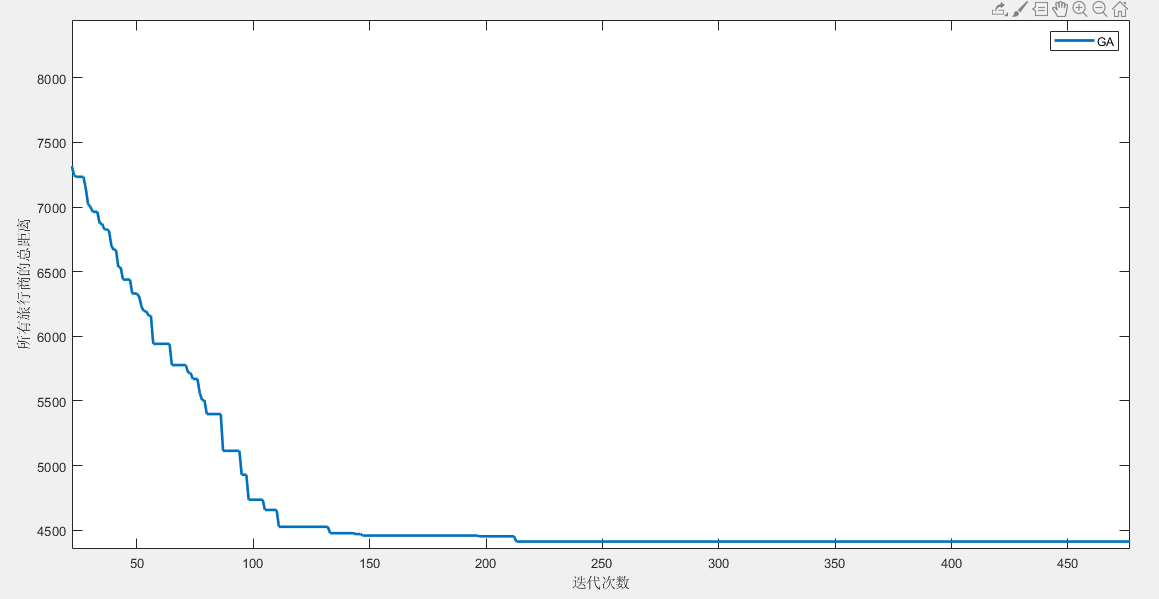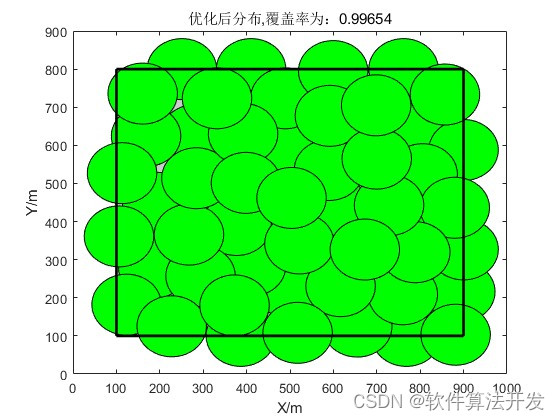第八章:异常处理结构与程序调试、测试
简单地说,异常是指程序运行时引发的错误,引发错误的原因有很多例如除零、下标越界、文件不存在、网络异常、类型错误、名字错误、字典键错误、磁盘空间不足,等等。
如果这些错误得不到正确的处理将会导致程序终止运行,而合理地使用异常处理结果可以使得程序更加健壮,具有更强的容错性,不会因为用户不小心的错误输入或其他运行时原因而造成程序终止。
也可以使用异常处理结构为用户提供更加友好的提示。
程序出现异常或错误之后是否能够调试程序并快速定位和解决存在的问题也是程序员综合水平和能力的重要体现方式之一。
异常的常见表现形式
>x,y=10,5
>a=x/y
>A
Traceback (most recent call last):
File "<pyshell#2>", line 1, in <module>
A
NameError: name 'A' is not defined. Did you mean: 'a'?>10*(1/0)
Traceback (most recent call last):
File "<pyshell#3>", line 1, in <module>
10*(1/0)
ZeroDivisionError: division by zero
>4+spam*3
Traceback (most recent call last):
File "<pyshell#4>", line 1, in <module>
4+spam*3
NameError: name 'spam' is not defined>'2'+2
Traceback (most recent call last):
File "<pyshell#5>", line 1, in <module>
'2'+2
TypeError: can only concatenate str (not "int") to str>fp=open('123.data','rb')
Traceback (most recent call last):
File "<pyshell#6>", line 1, in <module>
fp=open('123.data','rb')
FileNotFoundError: [Errno 2] No such file or directory: '123.data'
8.1基本概念
语法错误和逻辑错误不属于异常,但有些语法错误往往会导致异常,例如由于大小写拼写错误而访问不存在的对象。
异常是指因为程序出错而在正常控制流以外采取的行为。当Python检测到一个错误时,解释器就会指出当前流已法继续执行下去,这时候就出现了异常。
异常分为两个阶段:第一个阶段是引起异常发生的错误;第二个阶段是检测并处理阶段。
当程序出现错误,python会自动引发异常,也可以通过raise显式地引发异常。
异常处理的作用
- 提高程序的健壮性和容错性能
- 把晦涩难懂的错误提示转换为友好提示显示给最终用户
注意
- 不建议使用异常来代替常规的检查,如if ... else判断。
- 应避免过多使用异常处理机制,只在确实需要时才使用。
- 捕捉异常时,应尽量精准,并针对不同类型的异常设计不同的处理代码。
8.2python中的异常类
内建异常类的层次结构
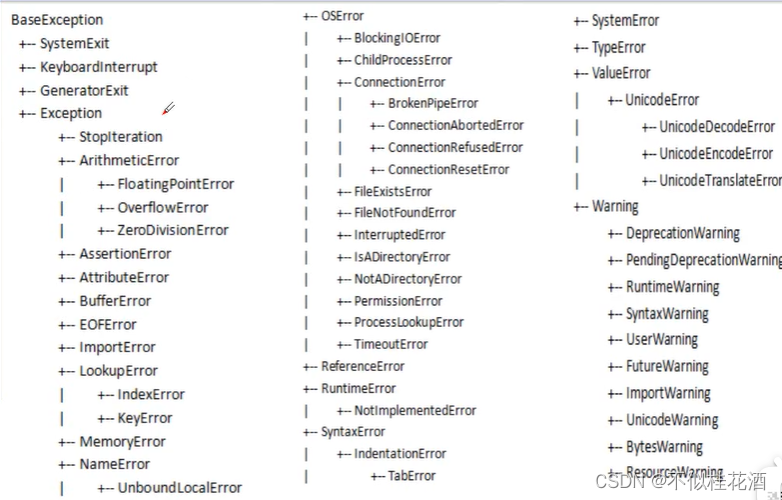
可以继承python内置异常类来实现自定义的异常类
#实现自定义的异常类
class SHortInputException(Exception):
#length:长度,atleast:最小的长度
def__init__(self,length,atleast):
Exception.__init__(self)
self.length=length
self.atleast=atleast
try:
s=input('请输入-->')
#如果输入的长度小于3
if len(s)<3:
#显式抛出这样的异常
raise ShortInputException(len(s),3)
#遇到的是end of false
except EOFError:
print('你输入了一个结束标记EOF')
#遇到的是上面我们自定义的异常
except ShortInputException as x:
print('ShortInputException:长度是%d,至少应是%d'%(x.length,x.atleast))
else:
print('没有异常发生。')再例如
>class MyError(Exception):
def __init__(self,value):
self.value=value
def __str__(self):
return repr(self.value)
>try:
raise MyError(2*2)
except MyError as e:
print('My exception occurred,value:',e.value)
My exception occurred,value: 4
如果自己编写的某个模块需要抛出多个不同的异常,可以先创建一个基类,再创建多个派生类分别表示不同的异常。
class Error(Exception):
passclass InputError(Error):
def init_(self, expression, message):
self.expression = expression
self.message = messageclass TransitionError(Error):
def init_(self, previous, next, message):
self.previous = previous
self.next = next
self.message = message
8.3常见的异常处理结构
8.3.1try..except结构
try子句中的代码块放置可能出现异常的语句,except子句中的代码块处理异常。
try:
try块 #被监控的语句
except Exception[ as reason]:
except块 #捕获异常,处理异常的语句
BaseException用使以可,时常异有所获捕要需 当
try:
try块
except BaseException as e: #不要使用异常的基类捕获异常,会捕获所有的异常;不建议这样做
except块... #没办法精准的处理;处理所有错误
要求用户必须输入数字字符串
>while True:
x=input('Please input:') #请输入
try:
x=int(x) #int转换成功
print('You have input {0}'.format(x))
break
except Exception as e: #int转换错误,捕获异常
print('Error.') #输出Please input:2
You have input 2
except子句可以在异常类名字后面指定一个变量
>try:
raise Exception('spam','eggs')
except Exception as inst: #给异常指定变量as,通过变量获取更加详细的信息
print(type(inst))
print(inst.args)
print(inst)
x,y=inst.args
print('x=',x)
print('y=',y)
<class 'Exception'>
('spam', 'eggs')
('spam', 'eggs')
x= spam
= eggs
8.3.2try...except..else
如果try范围内捕获了异常,就执行except块;如果try范围内没有捕获异常,就执行else块。
#try...except...else
#定义一个列表
a_list=['China','America','England','France']
#死循环
while True:
#获取字符串
n=input('请输入字符串的序号:')
try:
#尝试把输入的内容转换成整数
n=int(n)
#如果能转换成整数,就输出
print(a_list[n])
#下边越界
except IndexError:
print('列表元素的下标越界,请重新输入字符串的序号')
#没有异常,就执行break
else:
break查看多个文本文件分别有多少行
#加入前面给了多个文件
for arg in sys.args[1:]:
try:
#尝试打开遍历到文件
f=open(arg,'r')
except IOError: #文件打开失败
print('cannot open',arg)
#打开成功,执行else后面的语句
else:
#输出这个文件里面有多少行
print(arg,'has',len(f.readlines()),'lines')
#关闭文件
f.close()要求用户必须输入整数的代码也可以这样写
>while True:
x=input('Please input:')
try:
x=int(x) #转换成数字,没有问题执行else
except Exception as e: #有问题,输出Error
print('Error.')
else:
print('You have input{0}'.format(x))
break
8.3.3带有多个except的try结构
可能出现多种不同的异常,用多个except捕获
try:
try块 #被监控的语句
except Exception1:
except块1 #处理异常1的语句
except Exception2:
except块2 #处理异常2的语句
例如:
#用多个except捕获
try:
#下面三行代码没问题,执行else后的语句
x=input('请输入被除数:')
y=input('请输入除数:')
z=float(x)/float(y)
except ZeroDivisionError:
print('除数不能为零')
except TypeError:
print('被除数和除数应该为数值类型')
except NameError:
print('变量不存在')
else:
print(x,'/',y,'=',z)再例如:
import sys
try:
f=open('myfile.txt')
s=f.readline()
i=int(s.strip)
f.close()
except OSError as err:
print("OS error:{0}".format(err))
except ValueError:
print("Cloud not convert data to an integer.")
except:
print("Unexcept error:",sys.exc_info()[0])
raise将要捕获的异常写在一个元组中,可以使用一个except语句捕获多个异常
#使用一个except语句捕获多个异常
import sys
try:
f=open('myfile.txt')
s=f.readline()
i=int(s.strip())
f.close()
except (OSError,ValueError,RuntimeError,NameError):
pass8.3.4try...except...finally结构
在该结构中,finally子句中的内存无论是否发生异常都会执行,常用来做一些清理工作以释放try子句中申请的资源。
try:
......
finally:
...... #乌无论如何都会执行
try:
3/0
except: #出错,用except捕获,会输出一个3
print(3)
finally: #执行完except后,执行finally,输出5;不管前面有没有错,finally都会执行
print(5)
3
5
使用异常处理结构保证文件总是能关闭
#使用异常处理结构保证文件总是能关闭
>try:
f=open('test.txt','r')
line=f.readline()
print(line)
finally:
f.close()
上面的代码,使用异常处理结构的本意是为了防止文件读取操作出现异常而导致文件不能正常关闭,但是如果因为文件不存在而导致文件对象创建失败,那么finally子句中关闭文件对象的代码将会抛出异常从而导致程序终止运行。
如果try子句中的异常没有被处理,或者在except子句或else子句中出现了异常,那么这些异常将会在finally子句执行完后再次抛出。
>try:
3/0
finally:
print(5)
5
Traceback (most recent call last):
File "<pyshell#13>", line 2, in <module>
3/0
ZeroDivisionError: division by zero
例如,有函数定义如下:
>def divide(x,y):
try:
result=x/y
except ZeroDivisionError:
print("division by zero")
#上面没有问题,执行else
else:
print("result is",result)
#最后在执行个finally
finally:
print("executing fianlly clause")
>divide(2,1)
result is 2.0
executing fianlly clause>divide(2,0)
division by zero
executing fianlly clause>divide("2","1") #没有考虑到传递的参数是字符串类型,执行完finally后会抛出异常
executing fianlly clause
Traceback (most recent call last):
File "<pyshell#27>", line 1, in <module>
divide("2","1")
File "<pyshell#23>", line 3, in divide
result=x/y
TypeError: unsupported operand type(s) for /: 'str' and 'str'
使用带有finally子句的异常处理结构时,应尽量避免在finally子句中使用return语句,否则可能会出现出乎意料的错误。
>def demo_div(a,b):
try:
return a/b
except:
pass
finally:
return -1
>demo_div(1,0)
-1
>demo_div(1,2)
-1
8.3.5try...except...except...else...finally
Python异常处理结构中可以同时包含多个except子句、else子句和finally子句。
>def div(x,y):
try:
print(x/y)
except ZeroDivisionError:
print('ZeroDivisionError')
except TypeError:
print('TypeError')
else:
print('No Error')
finally:
print('executing finally clause')
8.4断言与上下文管理
断言与上下文管理是两种比较特殊的异常处理方式,在形式上比异常处理结构要简单一些。
8.4.1断言
assert expression [, reason]
#expression成立,什么事情都没有;不成立,抛出reason
当判断表达式expression为真时,什么都不做;如果表达式为假,则抛出异常。
assert语句一般用于开发程序时对特定必须满足的条件进行验证,仅当__debug__为True时有效。当Python脚本以-O选项编译为字节码文件时,assert语句将被移除以提高运行速度。
>a=3
>b=5
>assert a==b,'a must be equal to b'
Traceback (most recent call last):
File "<pyshell#52>", line 1, in <module>
assert a==b,'a must be equal to b'
AssertionError: a must be equal to b
>try:
assert a==b,'a must be equal to b'
except AssertionError as reason:
print('%s:%s'%(reason.__class__.__name__,reason))
AssertionError:a must be equal to b
8.4.2上下文管理语句
使用with自动关闭资源,可以在代码块执行完毕后还原进入该代码块时的现场。
不论何种原因跳出with块,不论是否发生异常,总能保证文件被正确关闭,资源被正确释放。
with语句的语法如下:
with context_expr [as var]:
with块
>with open('file.txt') as f:
for line in f:
print(line,end="")
8.5用sys模块回溯最后的异常
当发生异常时,Python会回溯异常,给出大量的提示,可能会给程序员的定位和纠错带来一定的困难,这时可以使用sys模块来回溯最近一次异常。
>import sys #导入sys模块
>try: #尝试去运行代码
block
except: #如果出错,except
tuple=sys.exc_info() #sys.exc_info():获取异常的信息
print(tuple)#sys.exc_info()的返回值tuple是一个元组(type,value,traceback)
#type:异常的类型
#value:异常的信息或者参数(异常的对象)
#traceback:包含调用栈信息的对象
>1/0
Traceback (most recent call last):
File "<pyshell#7>", line 1, in <module>
1/0
ZeroDivisionError: division by zero
>import sys
>try:
1/0
except:
r=sys.exc_info()
print(r)
(<class 'ZeroDivisionError'>, ZeroDivisionError('division by zero'), <traceback object at 0x000002B49128F3C0>)#<class 'ZeroDivisionError'>:异常类(哪一个类型的异常)
#ZeroDivisionError('division by zero'):异常对象
#traceback object:异常更详细的信息
sys.exc_info()可以直接定位最终引发异常的原因,结果也比较简洁,但是缺点是难以直接确定引发异常的代码位置。
假设有如下函数定义:
>def A():1/0
>def B():A()
>def C():B()
>C() #直接调用C函数会抛出异常
Traceback (most recent call last):
File "<pyshell#24>", line 1, in <module>
C()
File "<pyshell#23>", line 2, in C
B()
File "<pyshell#20>", line 2, in B
A()
File "<pyshell#17>", line 2, in A
1/0
ZeroDivisionError: division by zero
使用sys.exc_info()查看异常信息
>try:
C()
except:
r=sys.exc_info()
print(r)
(<class 'ZeroDivisionError'>, ZeroDivisionError('division by zero'), <traceback object at 0x000002B49138B280>)#什么错误,这个类型的错误是什么情况,发生错误的位置
如果需要的话,可以使用traceback模块来查看详细信息:
>import traceback
>import sys
>def A():1/0>def B():
A()
>def C():
B()
>try:
C()
except:#序列解包
#类型:excType;值:excValue;traceback对象:excTraceback
excType,excValue,excTraceback=sys.exc_info()#使用traceback模块里面的print_exception:查看excType,excValue,excTraceback这三个对象的信息;limit:回溯几级,limit=3,回溯三级
traceback.print_exception(excType,excValue,excTraceback,limit=3)#输出异常对象:excValue
print(excValue)#用traceback模块里的print_tb()查看excTraceback里面的信息
traceback.print_tb(excTraceback)#traceback.print_exception输出,看到底发生了什么错误
Traceback (most recent call last):
File "<pyshell#18>", line 2, in <module>
File "<pyshell#9>", line 2, in C
File "<pyshell#6>", line 2, in B #把limit改成4会有不一样
ZeroDivisionError: division by zero
division by zero # print(excValue)输出(异常对象)# traceback.print_tb(excTraceback)
File "<pyshell#18>", line 2, in <module>
File "<pyshell#9>", line 2, in C
File "<pyshell#6>", line 2, in B
File "<pyshell#3>", line 1, in A #大概知道真正的错误在哪
8.6使用IDLE调试代码
- 首先单击菜单“Debug”→”Debugger”打开调试器窗口
- 然后打开并运行要调试的程序
- 切换到调试器窗口进行调试
8.7使用pdb模块调试程序
pdb是Python自带的交互式源代码调试模块,代码文件为pdb.py,但需要导入后才能使用其中的功能,使用该模块可以完成代码调试的绝大部分功能,包括设置/清除(条件)断点、启用/禁用断点、单步执行、查看栈帧、查看变量值、查看当前执行位置、列出源代码、执行任意Python代码或表达式等等。
pdb还支持事后调试,可在程序控制下被调用。可以通过bdb和cmd接口对该调试器进行扩展。
pdb常用调试命令

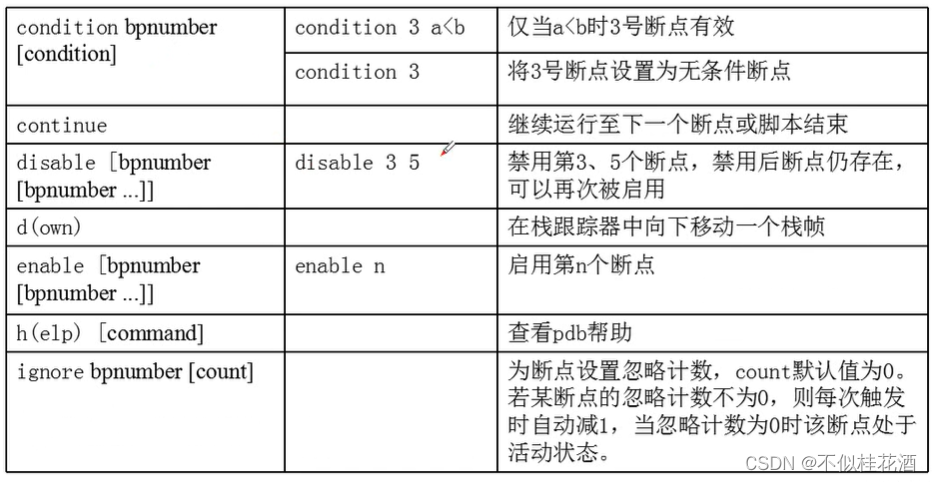
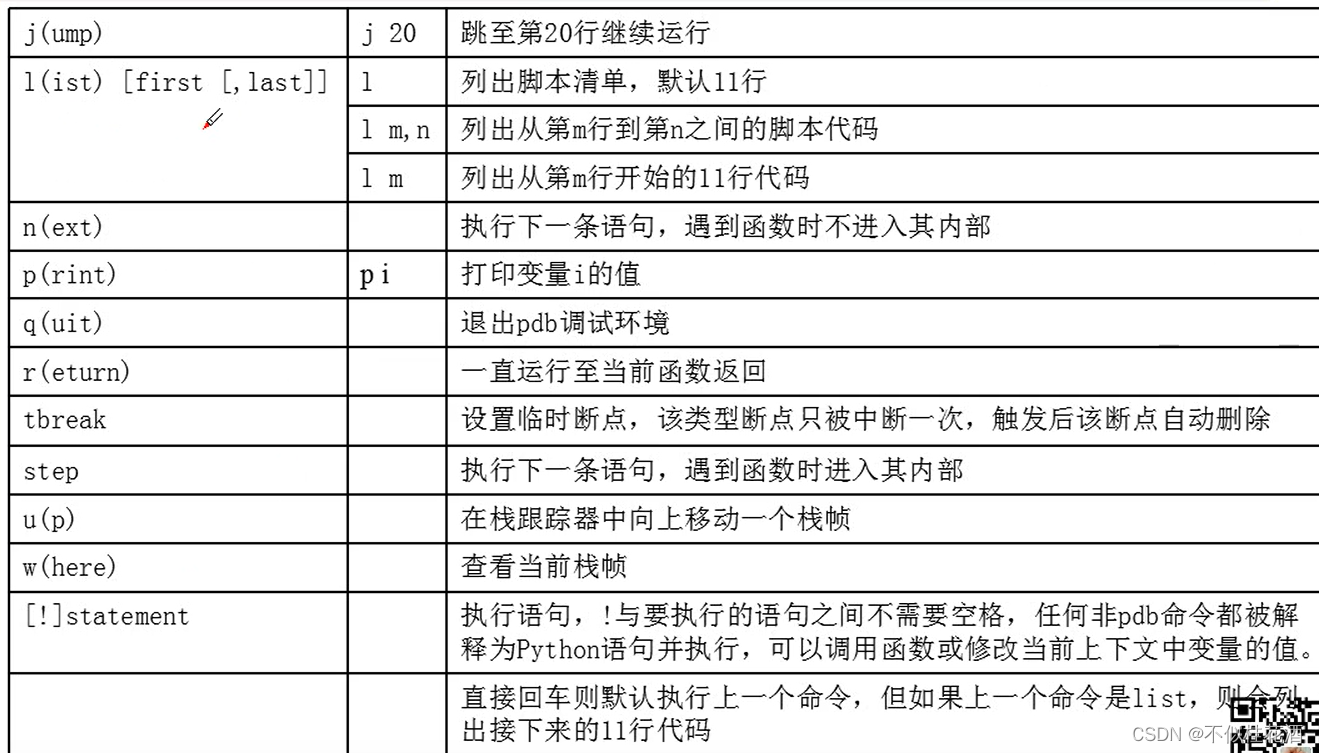
pdb模块用法主要有三种:
- 在交互模式下调试语句块、表达式、函数等多种脚本。
- 在程序中嵌入调试功能。
- 使用命令行调试程序。
(1)交模式调试:
pdb.run(statement[,globals[, locals]]):调试指定语句,可选参数globals和locals用来指定代码执行的环境,默认是__main __ 模块的字典。
pdb.runeval(expression[,globals[, locals]]):返回表达式的值,其他与run函数一样。
pdb.runcall(function[, argument, ... ]): 调试指定函数
pdb.post_mortem([traceback]):进入指定traceback对象的时候调试模式,如果没有指定traceback对象,则使用当前正在处理的一个异常。
>import pdb
>def f():
x=5
print(x)
>pdb.runcall(f) #pdb.runcall:调试f函数
> <pyshell#4>(2)f()
(Pdb) n #(Pdb):看到这个代表可以执行pdb的命令;n:执行下一个语句
> <pyshell#4>(3)f()
(Pdb) l #l:查看代码
[EOF]
(Pdb) p x #用p来查看下x的值
5
(Pdb) n #next:执行下一条语句
5 # print(x)
--Return--
> <pyshell#4>(3)f()->None #函数的返回值是空值
(Pdb) n #函数结束,下面就没有了
(2)在程序中插入断点:
在程序中首先导入pdb模块,然后使用pdb.set_trace()在需要的位置设置断点。
在命令提示符环境下执行该程序或双击执行程序时将自动打开pdb调试环境,即使该程序当前不处于调试状态。
#使用pdb模块调试程序
import pdb
n=37
pdb.set_trace() #pdb.set_trace():插入断点
for i in range(2,n):
if n%i==0:
print('No')
break
else:
print('Yes')(3)以脚本模式进行调试
在命令行提示符下执行“python -m pdb 脚本文件名”,则直接进入调试环境;
当调试结束或程序正常结束以后,pdb将重启该程序;
参考
Python异常处理结构1:基础知识_哔哩哔哩_bilibili
Python异常处理结构2:常见异常处理结构_哔哩哔哩_bilibili
Python异常处理结构3:使用IDLE调试程序_哔哩哔哩_bilibili
Python异常处理结构4:使用pdb模块调试程序_哔哩哔哩_bilibili
